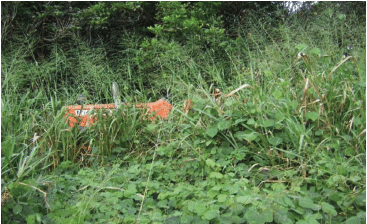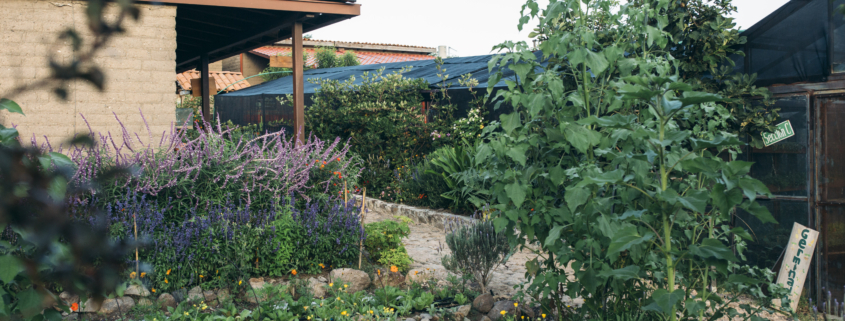Ground Covers and Weed Management for Regenerative Farming and Ranching
This excerpt is from André Leu’s book Growing Life: Regenerating Farming and Ranching, and is reprinted with permission from the publisher.
A neighbor once asked me, “When are you going to spray out all your weeds?”
I replied, “Never, because we do not have any weeds. They are all cover crops that give us multiple benefits, such as increasing soil fertility, better water infiltration, and pest and disease control.”
Of course, he did not understand a word I said.
NATURE FIGHTS AGAINST BARE GROUND
Bare ground is the best way to encourage weeds, as most weeds are pioneer species. They rapidly germinate to cover disturbed and bare ground. Nature always regenerates disturbed soil by rapidly covering it with plants. Weeds are nature’s way of healing disturbed soil. Living plants feed the soil microbiome with the molecules of life so they can regenerate healthy soil.

Our current weed management strategies are designed to fight this powerful force of nature, and they are the reason most farmers are constantly battling weeds.
Instead, we must learn to harness this powerful force of regeneration by turning weeds into cover crops that give us multiple benefits.
Covering ground is the best way to prevent weeds, and the most logical way to do this is with ground cover species that benefit our cash crop.
The Concepts of Mutualism and Synergy
We need to throw away simplistic, reductionist approaches to agriculture. The natural world is complex and dynamic.
The simplistic dogma that all plants other than the cash crop are weeds that compete with the crop and lower yields is not correct. This dogma originated more than 10,000 years ago in the neolithic age when farming first started. Science and technology have progressed considerably since then, yet, remarkably, mainstream industrial agriculture is still stuck in neolithic mythologies when it comes to weed management.
The current ecological and biological sciences show a very different picture. In many cases, plants are mutualistic and synergistic. Mutualism is where two species assist each other and both benefit. Synergy is when this benefit is greater than the sum of the whole. Instead of 1+1 = 2—the usual result of addition—in synergy, 1+1 = 3 or 4 or much more. The benefits of the species working together are significantly greater than simple reductionist monocultures. Examples of this will be given later in this chapter.
The current dogma on weed management has led to some of the most destructive practices in agriculture, resulting in massive soil loss, the decline in beneficial soil biology, and the residues of toxic chemicals in our food, bodies, water, air, and environment.
Standard agronomy says that all plants that are not cash crops are weeds because they are competing for nutrients and water and therefore lead to lower yields. But instead of taking the reductionist approach of “nuking” all weeds with either tillage or herbicides, we can take a holistic, ecological approach to managing them. We can turn them into beneficial cover crops that will improve our cash crops!

